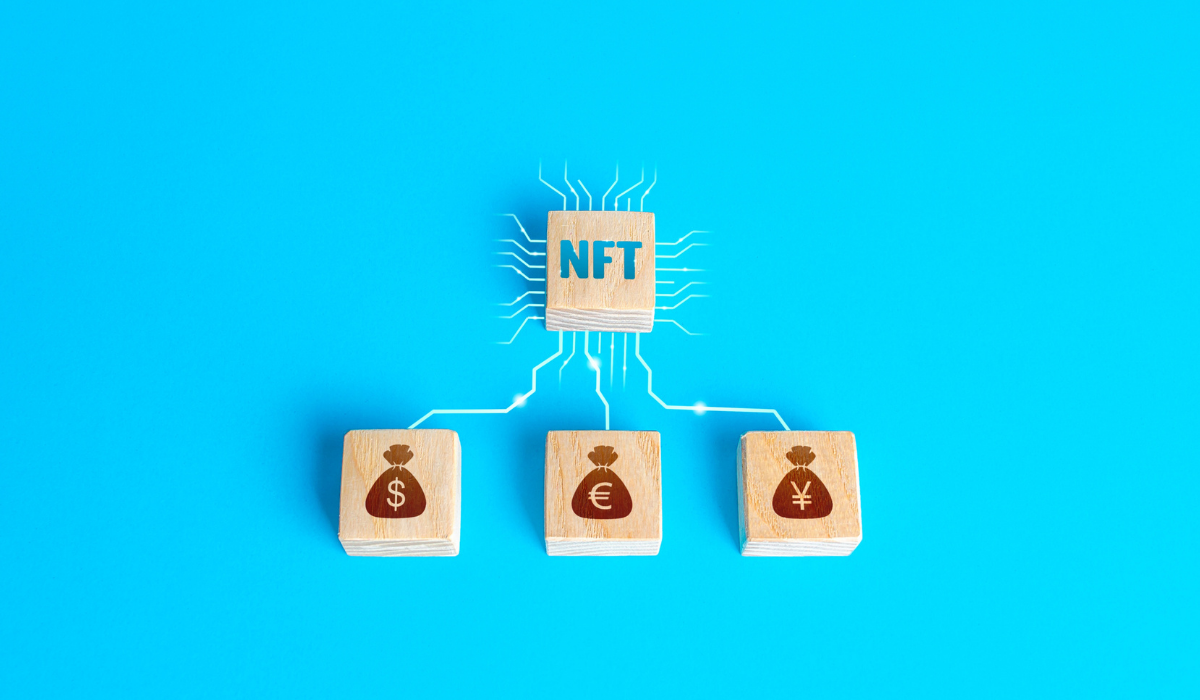
The term “microservices” has been bandied about quite a bit in recent years, and it’s easy to see why. This architectural style – which involves building an application as a collection of small, independent services – can offer a number of benefits over more monolithic approaches. These benefits include improved scalability, better fault tolerance, and easier development and deployment.
Given these advantages, it’s no surprise that microservices have been gaining in popularity, especially in the world of mobile app development. Indeed, many experts believe that microservices will play an even bigger role in the future of mobile app development.
What Are Microservices?
Before we dive into the reasons why microservices are likely to become even more popular in the mobile app development world, let’s take a step back and briefly define what microservices are.
In a nutshell, microservices are small, self-contained services that work together to form a larger application. Each service is responsible for a specific function or task, and they can be written in different programming languages and deployed independently of each other.
This architecture contrasts with more traditional, monolithic approaches, where the entire application is built as a single unit. In that case, if one part of the app needs to be updated or changed, the entire app must be redeployed.
How Microservices Can Change Mobile App Development
Now that we have a basic understanding of what microservices are, let’s take a look at how they can change mobile app development.
1. Increased Scalability
One of the biggest advantages of microservices is that they can make it easier to scale an application. When an app is built as a monolith, all of the components are tightly coupled, which can make it difficult to scale individual parts of the app.
But with microservices, each service can be scaled independently, according to its own specific needs. This can save a lot of time and effort, and can make it easier to ensure that each part of the app is performing optimally.
2. Better Fault Tolerance
Another advantage of microservices is that they can improve an app’s fault tolerance. With a monolithic app, if one part of the app goes down, the entire app is likely to go down with it. But with a microservices-based app, the failure of one service is isolated to that service, and the rest of the app can continue to function normally.
3. Easier Development and Deployment
Microservices can also make it easier to develop and deploy an application. When an app is built as a monolith, making even a small change can require a lot of work, and deploying the updated app can be a complex and time-consuming process.
But with microservices, each service can be developed and deployed independently of the others. This means that changes can be made more quickly and easily, and that deployments can be done much more frequently.
4. Improved flexibility
Another benefit of microservices is that they can make an application more flexible. When an app is built as a monolith, it can be difficult to change the technology stack that it’s built on. But with microservices, each service can be written in a different programming language and run on a different platform, which makes it much easier to change the tech stack of an app over time.
5. Improved testability
Microservices can also make an application more testable. When an app is built as a monolith, it can be difficult to test individual parts of the app. But with microservices, each service can be tested independently, which makes it much easier to identify and fix bugs.
These are just a few of the ways in which microservices can change mobile app development. As you can see, there are many potential benefits to using this approach.
Microservices vs APIs
Before we dive into the reasons why microservices are likely to become even more popular in the mobile app development world, let’s take a step back and briefly define what microservices are.
In a nutshell, microservices are small, self-contained services that work together to form a larger application. Each service is responsible for a specific function or task, and they can be written in different programming languages and deployed independently of each other.
This architecture contrasts with more traditional, monolithic approaches, where the entire application is built as a single unit. In that case, if one part of the app needs to be updated or changed, the entire app must be redeployed.
Advantages and Disadvantages
There are both advantages and disadvantages to using microservices. Some of the benefits include increased scalability, better fault tolerance, easier development and deployment, improved flexibility, and improved testability.
However, there are also some potential downsides to using this approach. For example, because each service is independent, it can be more difficult to ensure that they all work together seamlessly. There can also be added complexity and overhead, as each service must be managed independently.
Sunvera Software develops next-level software applications from start-to-finish. We are a premier software and mobile app development agency specializing in healthcare mobile app development, custom mobile app development, telehealth software, sales dashboards, custom mobile app development services, retail software development, supply-chain software, ecommerce, Shopify, web design, iBeacon apps, security solutions and unified access software.
We are proud partners with Amazon AWS, Microsoft Azure and Google Cloud.
Schedule a free 30-minute call with us to discuss your business, or you can give us a call at (949) 284-6300.









